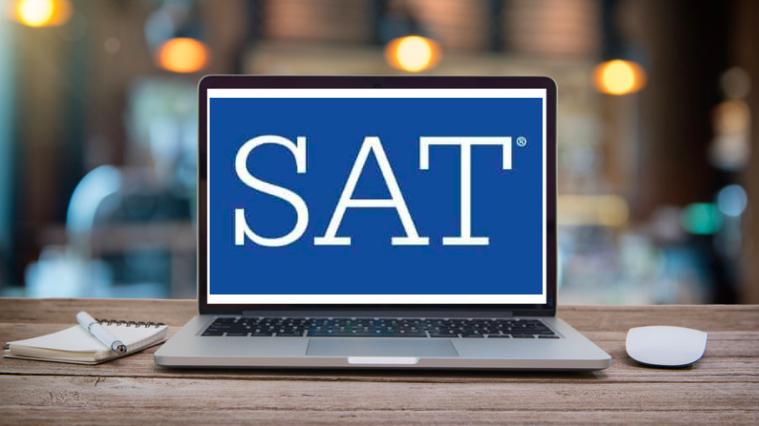The SAT is an entrance exam that is used in the admission process of many colleges and universities throughout the United States. Since the first SAT in 1926, the test had been on paper. Only recently would the test transition into a digital format.
On March 9, 2024, the college board launched the SAT digitally for the first time across the country. The digital SAT, also known as the DSAT, has been a popular topic of discussion in the world of education. Not only did the medium of the test completely change, but the test material as a whole also had its modifications. Previously, the paper SAT was 180 minutes long, whereas the DSAT now takes only 134 minutes; in other words, the SAT has been shortened by almost an hour.

The SAT has previously been under ethical scrutiny. For instance, the SAT has been historically accused of disproportionately quantifying the knowledge of students of different socioeconomic backgrounds. Because SAT scores are largely dependent on a student’s resources and opportunities, students’ socioeconomic backgrounds often affect preparedness and, consequently, test scores.
Through the DSAT, the College Board worked to counter the SAT’s shortcomings. For example, one of the largest factors of SAT inequality stemmed from unbalanced access to study resources. As a result, the College Board released multiple free full-length practice DSATS available on the Blue Book app; as of October 6th, 2024, there are six accessible practice DSATS. Not only are study resources more readily available, but testing materials as well. The new DSAT software features a built-in Desmos calculator, which is a more cost-effective calculator than the physical graphing calculators, which average roughly $100. Ultimately, the digital equity of the SAT provides a more fair playing field for students of all socioeconomic backgrounds.
Since its launch in March 2024, there have been numerous reports of the DSAT experience. According to the College Board, “84% of students and 99% of staff reported a better experience with the digital SAT Suite compared to the paper SAT.” In regards to digital-specific reviews, “ 97% of students said the Bluebook testing app was easy to use [and] 95% of students said they felt comfortable testing on their digital devices.” In contrast to the general hesitation and uncertainty prior to the release of the test, there has been an overwhelmingly positive response to the digital SAT after its launch. As a College Board spokesperson explains, “the digital SAT is a better, more flexible test that’s easier to take, easier to give, more secure, and more relevant.”

